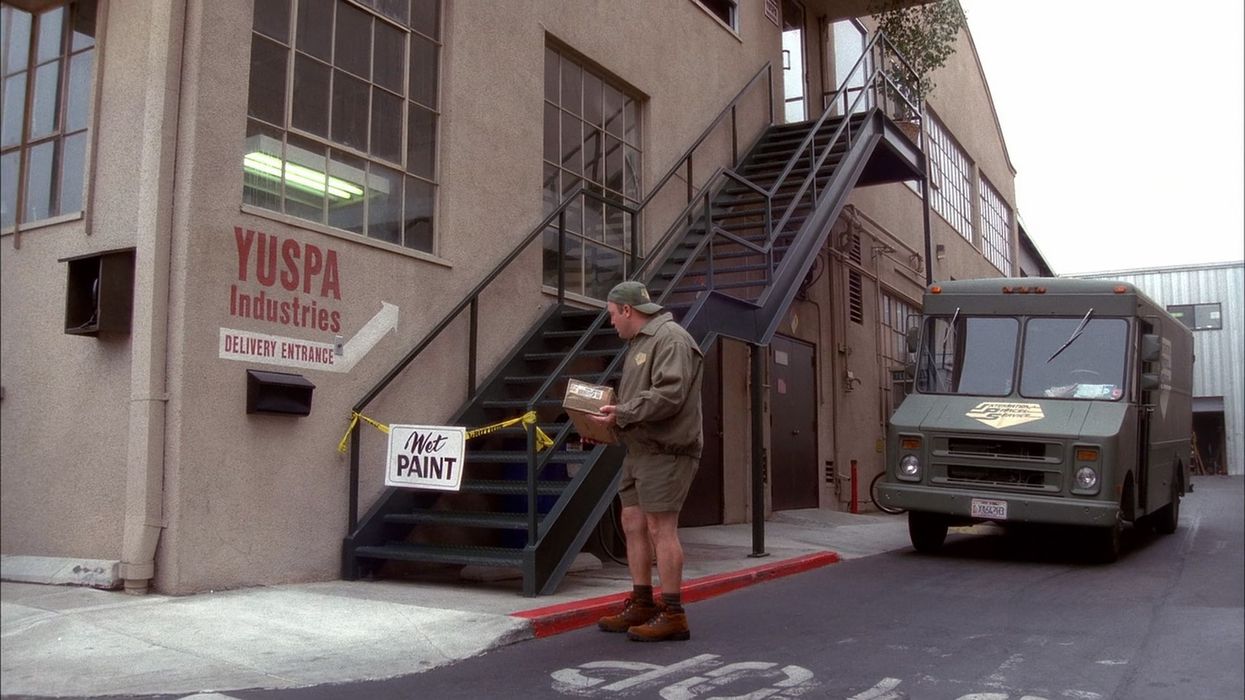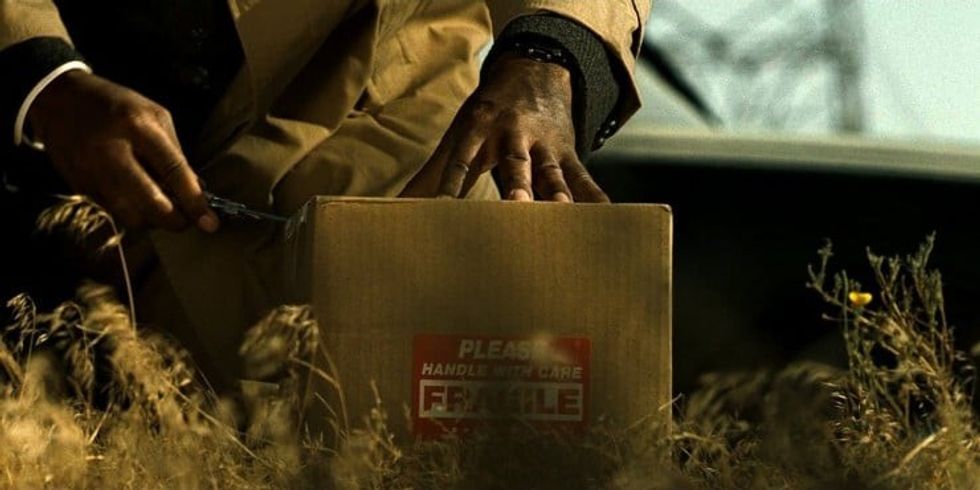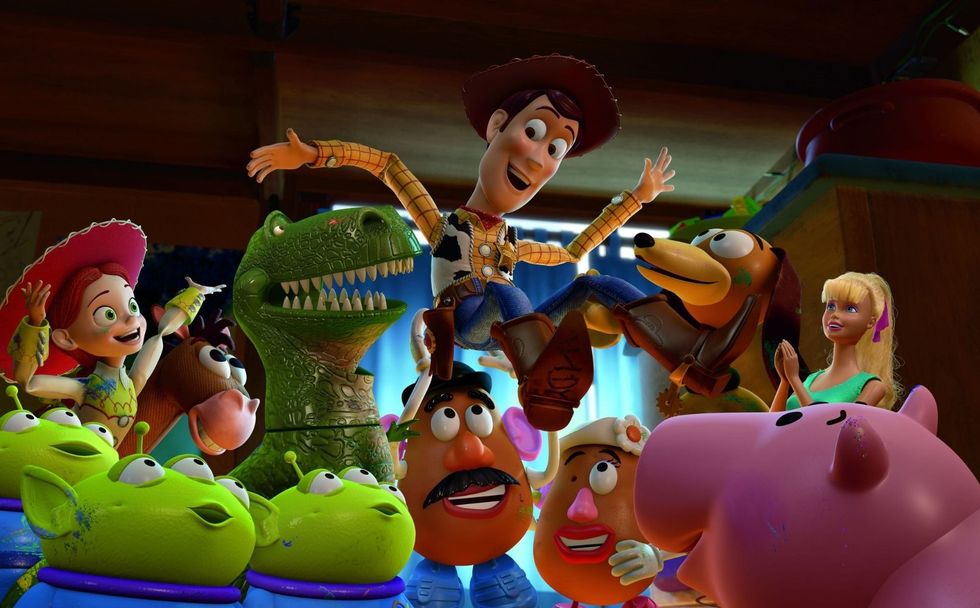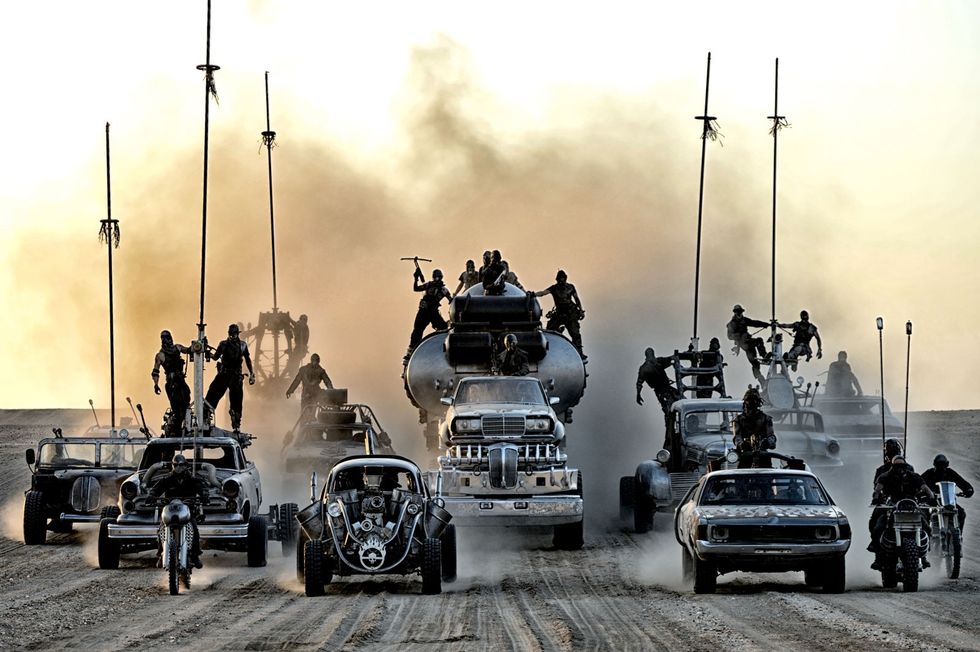Light Iron CEO Talks Innovations in Production and Post
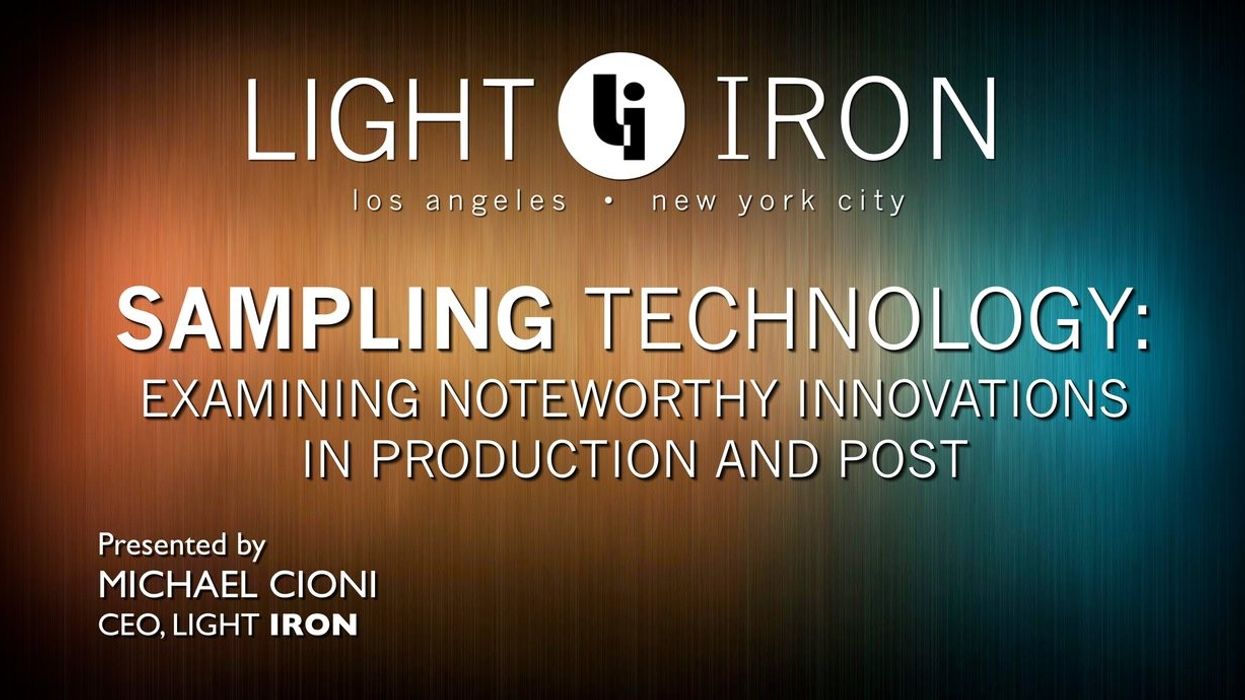
Light Iron is a post-production company that is no stranger to innovation. The company is known for its handling of Fincher's The Girl with the Dragon Tattoo and its end-to-end 4K production -- as well as its on-set hardware and software tools. Given LI's progressive attitude, it isn't too surprising that CEO Michael Cioni recently sat down to present a variety of non-Light Iron production tools (with one exception) that he sees as innovations. Cioni hits upon MōVI, the Canon C500, Ki Pro Quad, LI Live Play, and FCPX, all within the context of why and how they are future-ready. To see this innovator's thoughts on production innovations, check below.
In the description of the video, Cioni states:
This case study is my attempt at un-marketed information. These are simply examples of technology I particularly enjoy working with. But this video was done without the consent or request of any of the associated companies mentioned.
- No company saw an edit before I uploaded it
- No company contracted me to do this in any way
- I was not paid for any of this information
Understandably, most of the video content posted by Light Iron has concerned the company's own tools and technology. Granted, the video below is more of an experiential essay than an exhaustive examination, but it's still quite interesting to hear Cioni's thoughts on un-affiliated tools and technology. (Again, the exception is Live Play, which is a Light Iron app). It's also noteworthy to see some love for Canon camera systems from a company that has largely been associated with RED. Check it out:
The Canon C500 and Ki Pro Quad combination is also making its merits known to the Saturday Night Live Film Unit. We've hit upon the Ki Pro Quad before, as well as SNL Film Unit's DP Alex Buono and his use of Canon cameras. More recently, StudioDaily reported that the AJA device "totally streamlined" the workflow of Buono and crew. This is saying something given their "breakneck 24-hour turnaround schedules," as SD puts it.
The $4000 Ki Pro is a far cry from the price and size of, say, the $330 Blackmagic Hyperdeck Shuttle (or even the $2K Ki Pro Mini,) but it sports intensive flexibility. The $11K & $16K Codex CDX-3600 Onboard S & CDX-3601 Onboard S Plus, on the other hand, are quite robust, but don't natively support ProRes recording. (The SNL Film Unit employed a Codex before switching to Ki Pro Quad).

If there's anywhere Cioni's call for 'habit-breaking' applies the most, it's surely here. There's a reason that most NLEs are built upon perpetually compounded options, abilities, interfaces, and so on -- old styles of working die hard.
I still haven't gotten my hands on FCPX, but I've been meaning to, if only to make up my own mind about things. I've heard from both detractors and supporters about the new Final Cut, and now I'd like to hear from you guys.
What's your reaction to Michael's presentation here, both in general and in terms of FCPX? How do your own experiences on set and in post match up to Michael's thoughts and predictions?
Links:

